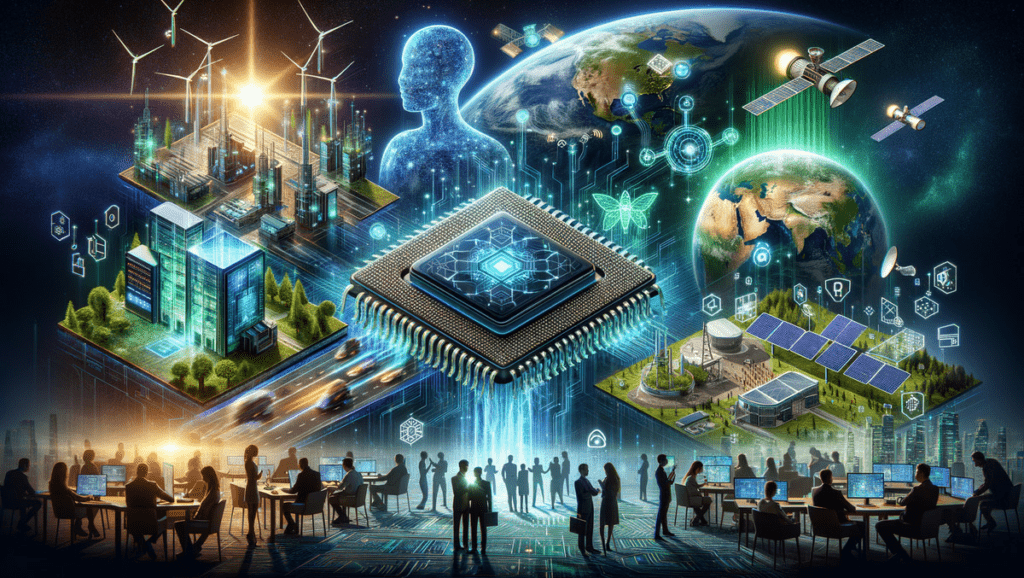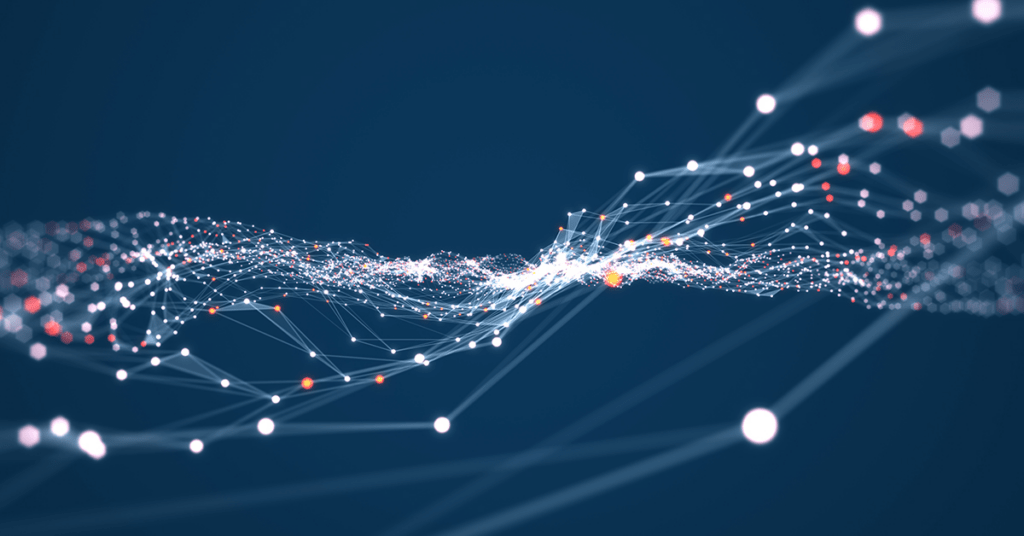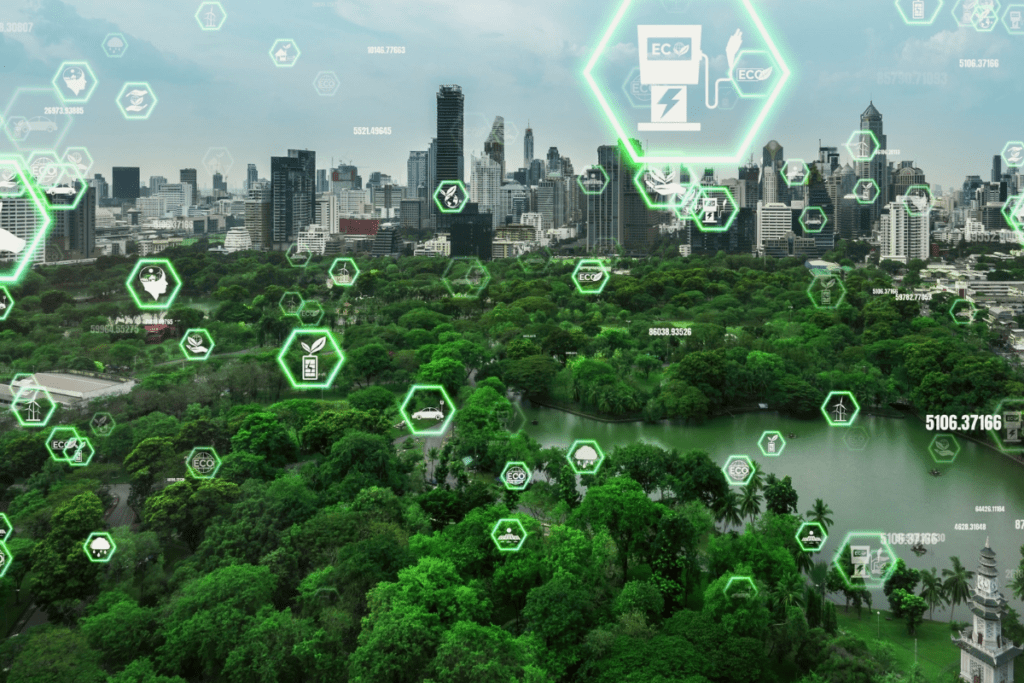This week has brought exciting developments in the world of technology, particularly in AI, cybersecurity, and the ongoing quest for sustainability. Let’s take a look at the key stories shaping the tech landscape, along with some crucial ecological and energy-related considerations.

AI Advancements
- Samsung’s Galaxy Lineup: Samsung has introduced its new Galaxy laptops powered by both Snapdragon and Intel processors. These devices boast advanced AI capabilities that aim to enhance user performance and energy efficiency. AI’s role here isn’t just about making machines faster or smarter but also about optimizing power use. The smarter the technology, the more energy-efficient it becomes, contributing to a reduction in the overall carbon footprint of device usage. Samsung’s integration of AI could be seen as a step toward minimizing the environmental impact of tech devices.
- Gemini in Chrome: Google’s decision to integrate its Gemini AI into Chrome’s address bar could revolutionize the way we surf the web, providing more intelligent and intuitive search results. However, with AI handling more of our searches, there’s a need to consider the energy consumption of increased cloud processing. Efficient AI models, when designed with sustainability in mind, can help reduce data center loads, potentially lowering energy use in the long run. On the flip side, it’s also vital to address privacy concerns, as more personal data is analyzed, processed, and stored.
Cybersecurity Threats
- Educational Institutions Under Attack: As the new academic year begins, educational institutions find themselves increasingly targeted by cybercriminals. Sensitive student and faculty data is at risk, highlighting the need for robust cybersecurity infrastructures. But there’s an environmental side to consider as well—cyberattacks can cause significant disruption to digital infrastructure, leading to increased energy use due to recovery efforts, server overloads, and patching of vulnerabilities. Proactive security measures could not only protect data but also help mitigate the additional energy demands that come with responding to attacks.
Technological Innovations
- Terabit SuperNIC: A lesser-known startup is making headlines with its terabit SuperNIC, a network interface card aimed at supercharging AI data centers. This technology might not affect your internet at home, but for large-scale AI applications, it could make a world of difference. AI and machine learning algorithms demand significant computational power, but innovations like the SuperNIC are designed to handle these demands more efficiently, potentially reducing energy consumption across large data centers.
- ChatGPT in Volkswagen Cars: Volkswagen is taking conversational AI to the road by integrating ChatGPT into its vehicles. This means drivers can interact with their cars in a more natural, intuitive way, receiving real-time assistance or information. Beyond convenience, there’s potential for sustainability here—AI could provide eco-driving tips, suggest fuel-efficient routes, or even anticipate car maintenance needs, reducing emissions and improving fuel efficiency.

Ecology and Technology
While technological innovation often grabs the headlines, its ecological implications must not be ignored. Several intersections between technology and environmental sustainability have emerged, providing hope for a greener future.
- Sustainable Data Centers: Data centers are notorious for consuming vast amounts of electricity and water to keep servers cool. Fortunately, there is a growing focus on creating sustainable data centers that prioritize energy efficiency. This includes using renewable energy sources such as wind and solar power, optimizing cooling technologies, and employing AI-driven analytics to reduce waste. Green data centers are becoming more common as companies like Google and Amazon invest in eco-friendly designs, aiming to power their facilities with 100% renewable energy.
- AI for Environmental Conservation: Artificial intelligence is proving to be a powerful tool for environmental conservation. From monitoring ecosystems to predicting climate change, AI is helping scientists make sense of large datasets to protect natural resources. For instance, AI-powered drones can monitor endangered species and track deforestation, while advanced machine learning algorithms can analyze climate data to identify areas at risk of flooding, drought, or extreme weather events. These applications help inform more targeted, effective environmental interventions.
- E-Waste Management: With the rapid growth in demand for new electronic devices, e-waste is becoming an escalating environmental issue. Every year, millions of tons of e-waste end up in landfills, contributing to pollution and resource depletion. However, technology itself is also providing solutions. Innovations in recycling technology are making it easier to recover precious metals and other valuable materials from discarded devices. Companies are also working on creating more modular and repairable products, helping to reduce e-waste by extending the life of devices. AI and blockchain technology are also playing roles in tracking e-waste and ensuring it is properly recycled or reused, rather than being illegally dumped.

Sustainability and Energy Considerations
As technological advancements continue, so too does the demand for energy to power these innovations. However, there is a growing recognition of the need to align technology with sustainability goals:
- Energy Efficiency in AI: Training large AI models requires immense amounts of computational power, which in turn consumes a lot of energy. However, researchers are now exploring ways to make AI more energy-efficient, such as by using smaller datasets, implementing hardware accelerators, and developing low-power AI chips. These advancements could help reduce the environmental impact of AI systems without compromising their capabilities.
- Green Cloud Computing: The growth of cloud computing has led to increased energy demands from data centers. However, many companies are making efforts to ensure that their cloud services are powered by renewable energy. Microsoft, for instance, has committed to becoming carbon negative by 2030, while Google has already matched its entire energy use with renewable sources. These shifts are critical as more and more data is stored and processed in the cloud.
- Circular Economy in Tech: The tech industry is slowly shifting toward a circular economy, where products are designed with the end of their life in mind. This means creating devices that are easier to recycle, refurbish, or repair, reducing waste and minimizing the extraction of new raw materials. By rethinking the lifecycle of tech products, companies can play a significant role in reducing their environmental footprint.
In Short
Technology is advancing at a breakneck pace, but it is essential to balance these innovations with considerations for sustainability and ecology. Whether it’s through more efficient AI, sustainable data centers, or improved e-waste management, the tech industry is beginning to recognize its responsibility in shaping a greener future. By embracing both innovation and ecological responsibility, we can create a tech-driven world that benefits both humanity and the planet.
Related Content
- Enhancing Cybersecurity for NGOs: A Comprehensive Comparison of VPN Services
- Cybersecurity Trends for 2024: How to Protect Your Data
- Green Computing: The Role of Sustainable Practices in IT Infrastructure and Cybersecurity
- Microsoft is overhauling the cybersecurity of its cloud services with AI power
- Global News Update: Ecological and Climate Considerations
- Broad spectrum of global issues that highlight the interconnectedness of technology, environment, entertainment, and global affairs
- This Week in UK Tech: AI, Cybersecurity, Sustainability
- How Cybersecurity and Sustainability Intersect
- London Tech Week 2024: AI, Quantum Computing
- Fenwick’s Tech Week Takes: The Future of AI
